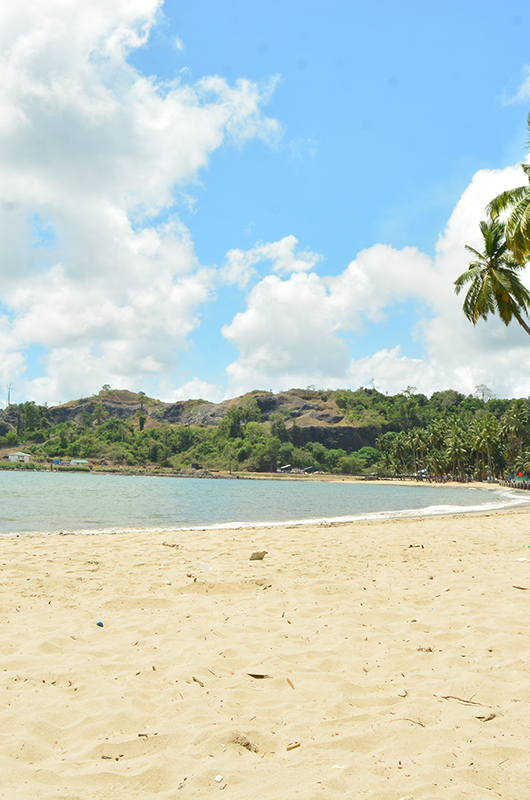The Cellular Jail
Background
While the history of Port Blair as a penal colony dates back to the Indian Mutiny of 1857, the Cellular Jail was constructed from 1896 to 1906 as the struggle for Independence gathered steam and the number of prisoners increased. The most unique feature of the jail is its design, based on the panopticon principle espoused by the philosopher Jeremy Bentham, which allows a single guard to observe the inmates without the inmates knowing whether or not they are being watched. So in this design the jail had seven wings radiating out from a central tower much like the spokes of a bicycle wheel. Each wing had three floors and the jail could house close to 700 inmates – Each of them imprisoned in a single tiny cell with no possibility of communication with any of the others. This feature of solitary confinement in individual cells earned the jail its name “Cellular”.
Experience
The Cellular Jail is a place that fills you with grim foreboding, marking a very dark chapter in British rule. The guide took us around the grounds where exhibits displayed the inhuman torture that the prisoners were subject to, including being tied to a rack and lashed on their naked buttocks. Prisoner hangings were heralded by the ringing of a large bell in the central tower in a grotesquely Orwellian twist. Climbing to the top of the central tower, we could see the sea that stretched away in all directions and also understood the nature of complete surveillance afforded the solitary guard.
Interesting fact
The Cellular Jail was also known as Kala Pani, literally translating as Black or Death Water because it was surrounded by sea on all sides and there was no way a prisoner could escape – much like Alcatraz Island in the middle of San Francisco Bay. At night with the full moon glimmering down on the black waters of the Indian Ocean, we experienced the full meaning of the expression.




























